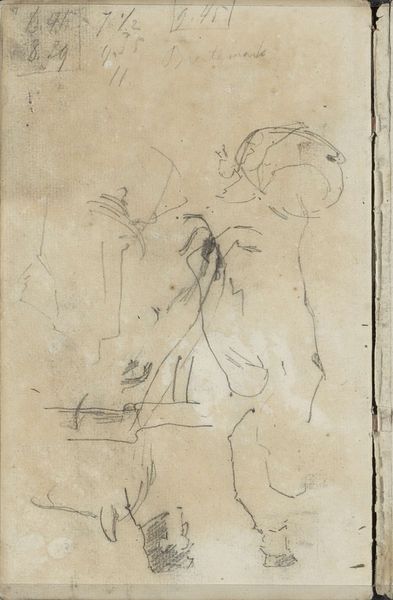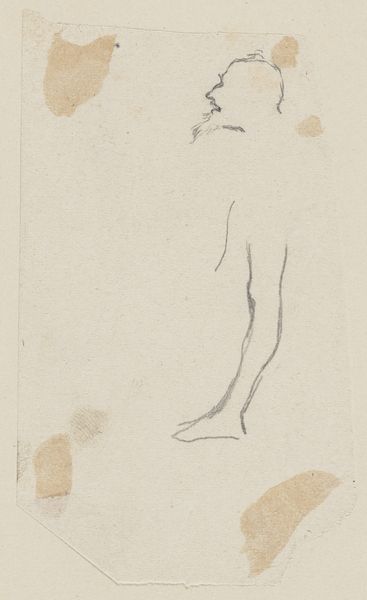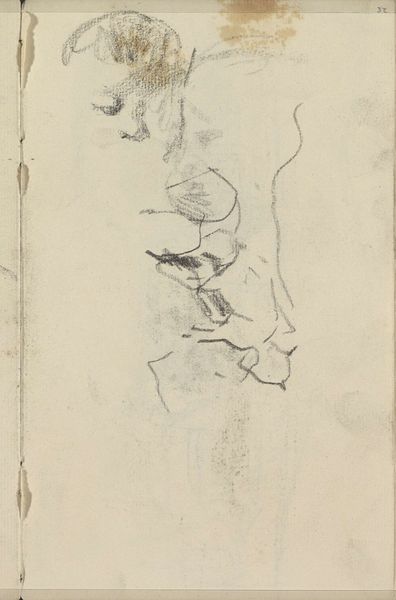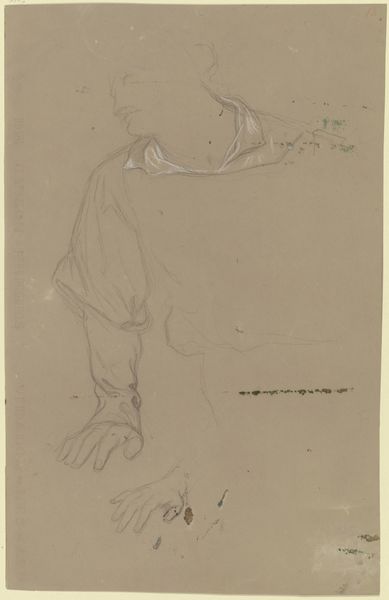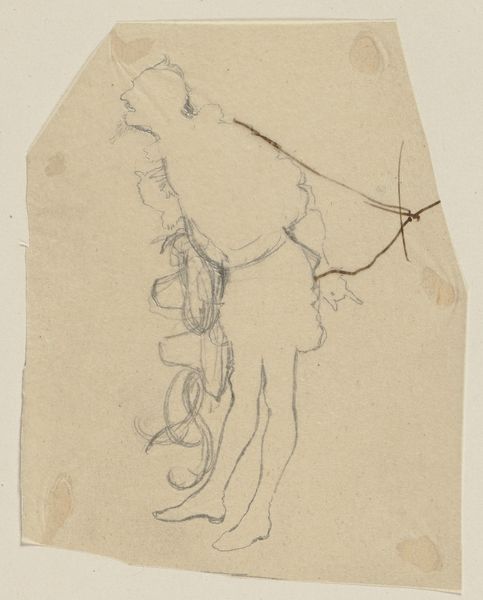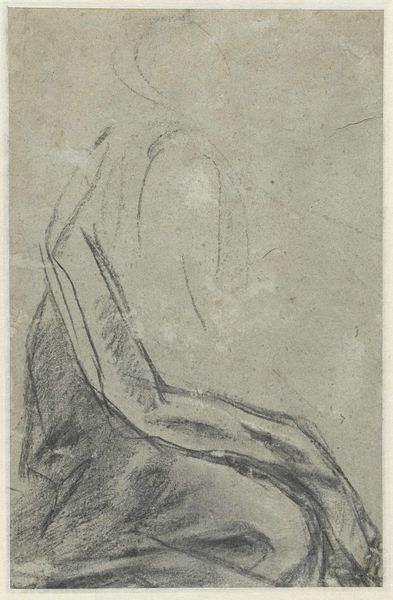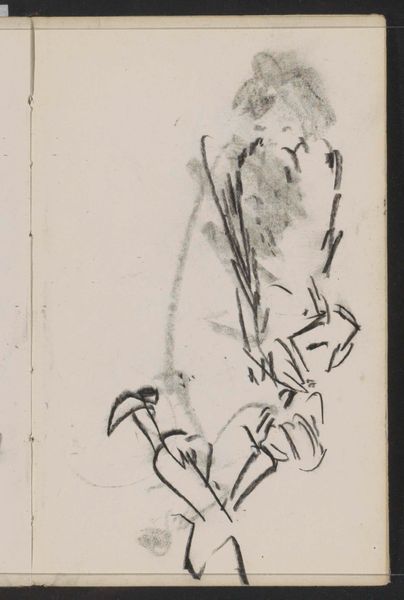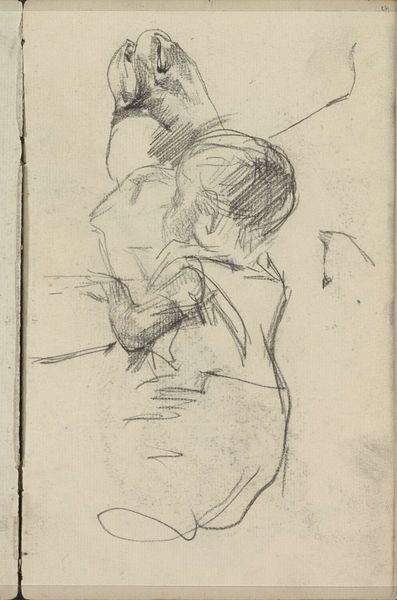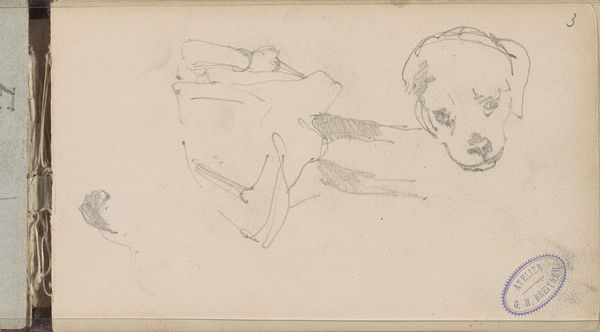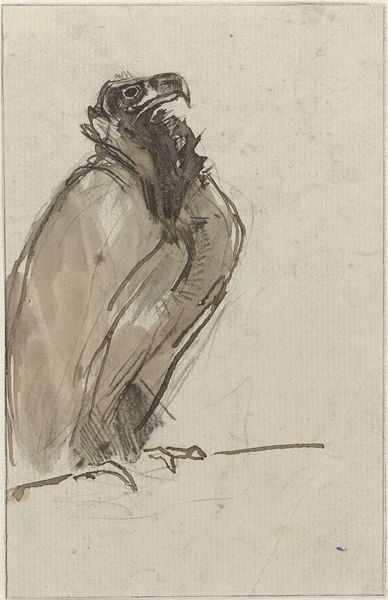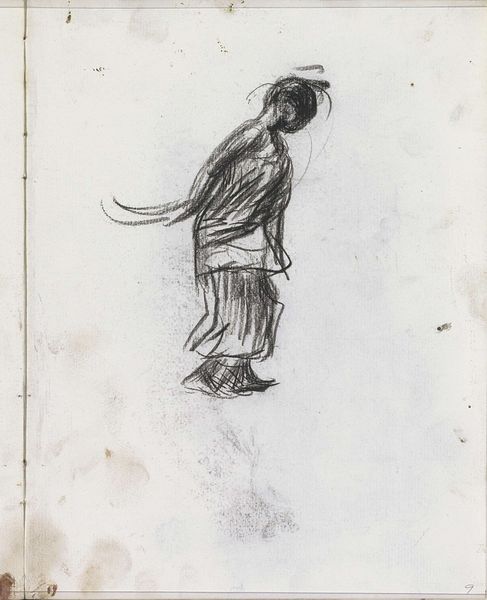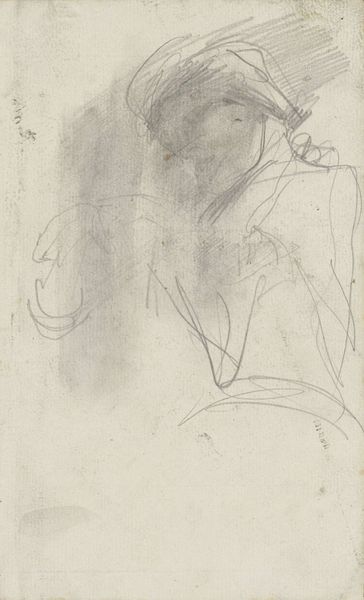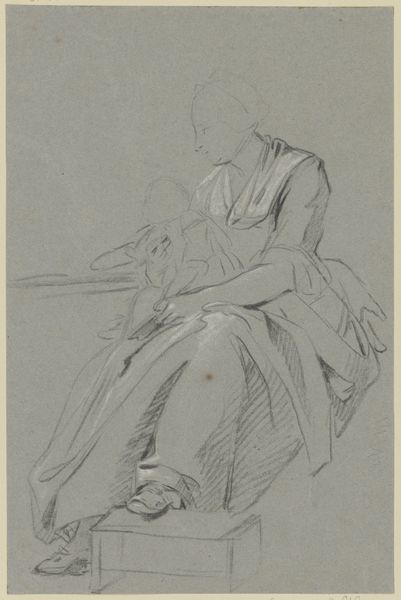
drawing, pencil
#
portrait
#
drawing
#
baroque
#
pencil sketch
#
child
#
coloured pencil
#
pencil
Dimensions: height 250 mm, width 380 mm
Copyright: Rijks Museum: Open Domain
Curator: Look at this drawing. "Studie van een in een deken gewikkeld kind" it's called – "Study of a Child Wrapped in a Blanket". We attribute this to Giacomo Cavedone and estimate it was done sometime between 1588 and 1660. Editor: My first thought? Cozy, but also…confined? Like, bundled up, maybe against the cold, or perhaps…hiding? There's a sadness in the angle of that little head. Curator: Well, thinking about it in the context of its time – 17th century Europe – childhood wasn't romanticized as it often is now. Infant mortality was high. Social safety nets were almost non-existent. This swaddling could be a form of protection but also symbolic of the vulnerability inherent in their position within society. Editor: Makes me think of marginalized identities in general. The layers we put on, or that are thrust upon us for survival. This child could be a metaphor for the unseen, the unheard voices throughout history, stifled by circumstance and societal expectations. Even the simple act of being bundled up too tightly... Curator: The artwork also offers interesting perspectives about early art education. Cavedone probably created it as a teaching aid for aspiring painters. Note his confident handling of chiaroscuro; the shadows create folds and volume. We might speculate about its function in relation to gender, too, given art’s historically masculine orientation. Editor: The unfinished sketch adds something, too. The partial form of what could be a second child with its small grasping hands… Are we seeing other versions of vulnerability? Maybe the fear that we as a society are going to replicate conditions, not really seeing these tiny people we bring into the world… Curator: Absolutely. That ghostly second image definitely reinforces the sense of precariousness and perhaps, the fleeting nature of childhood. These types of images allowed artists to explore human emotion and form in ways that prepared them for the grand history paintings. Editor: It is an intense study. Really moving, actually. It got under my skin. You can just look at the line of that head to feel the vulnerability and uncertainty of it all. Curator: Agreed. "Studie van een in een deken gewikkeld kind" isn't merely a formal exercise. It encapsulates complex ideas regarding our place in the world. An extremely pertinent topic, even now.
Comments
No comments
Be the first to comment and join the conversation on the ultimate creative platform.
